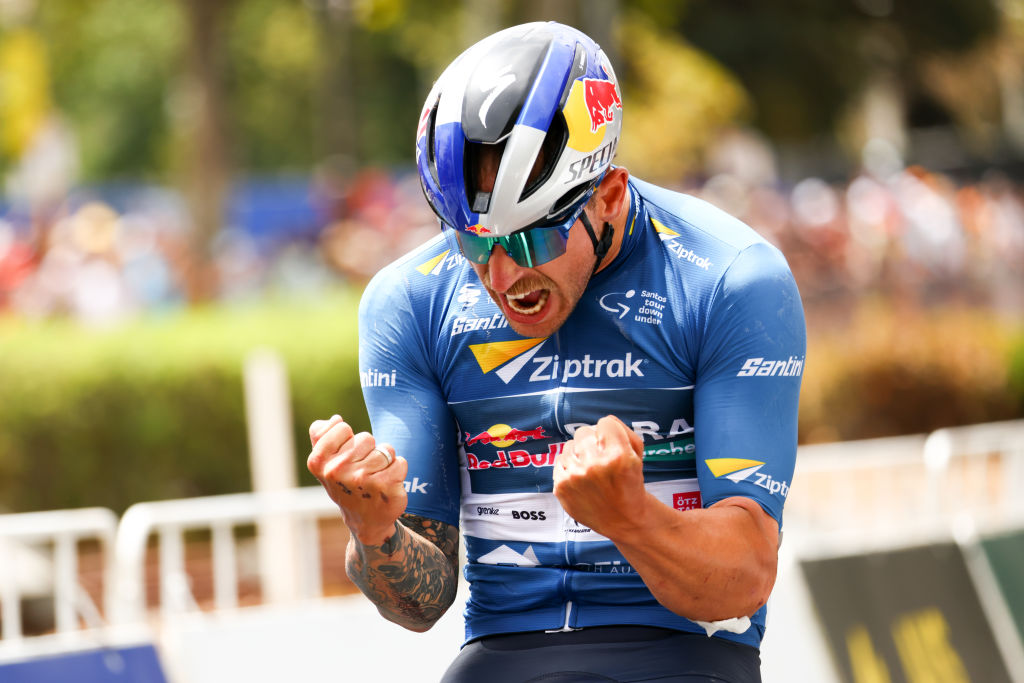Interview with Chapter2 founders, father and son duo, Neil and Michael Pryde
Dive into the history of New Zealand’s boutique frameset-only bike brand
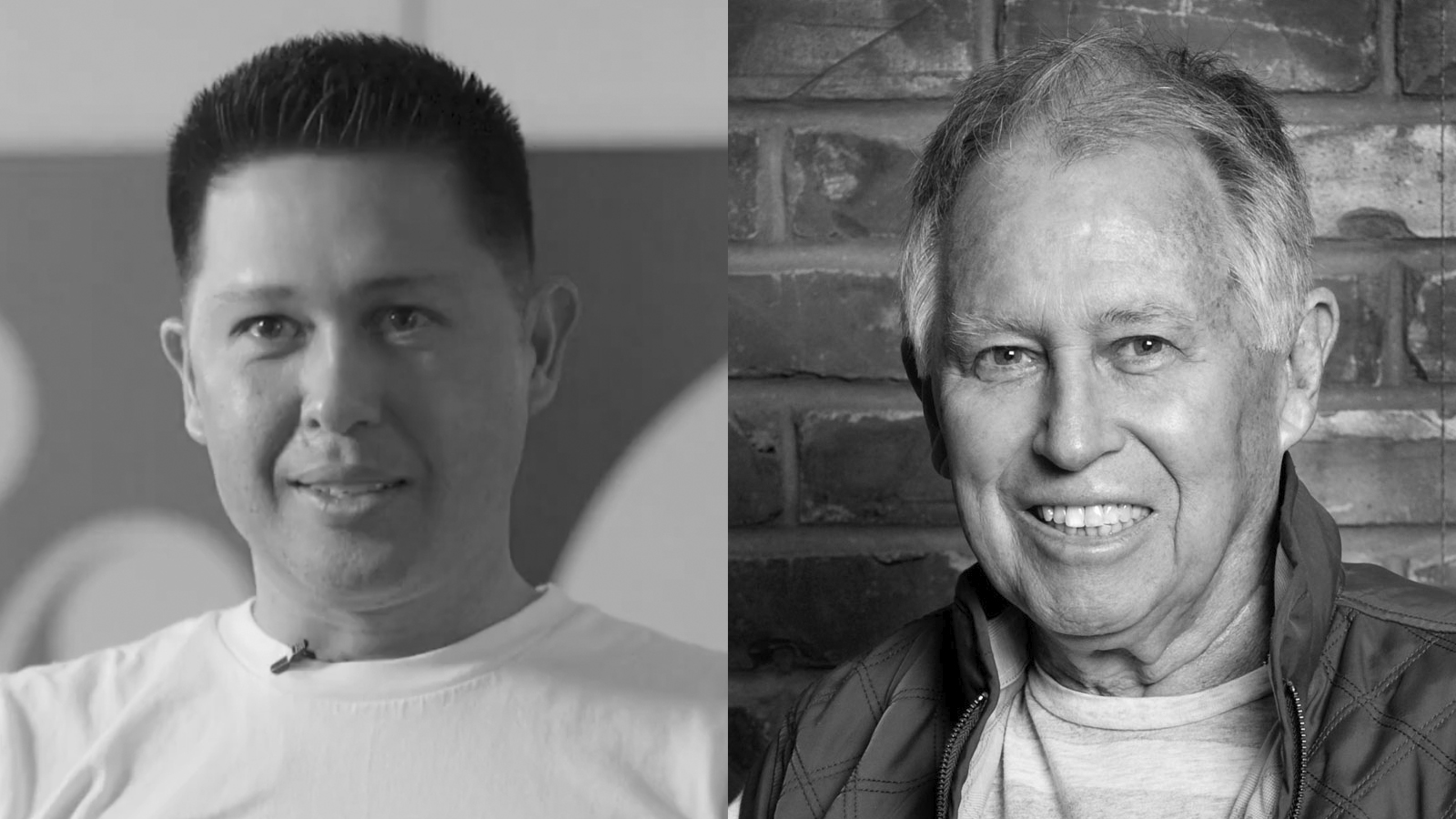
The land of the long white cloud is ruggedly breathtaking. Framed by an inspiring coastline and peaking with the southern Alps, New Zealand is an outdoor activity country. And its people, avid riders. Competitive. Robust. And always concerned with sustainability and the environment.
Chapter2 is a proudly New Zealand brand. Its founders are the father and son duo of Neil and Michael Pryde, who between them command a terrific portfolio of product design experience. And wonderfully open Kiwi business sense.
After dominating the recreational sail sport business in the 1980s, Neil Pryde has remained restlessly inspired to keep his businesses evolving. With son Michael being a bicycle obsessed former downhill mountain biker, and inspired by all things grand in design after working with the esteemed UK based Foster and Partners architectural firm on Hong Kong's iconic international airport terminal, there was always the potential for something with wheels.
In a world where direct sales are challenging traditional distribution and brands struggle to deliver complete bikes to customers and stores, Chapter2 has a different way. We sat down in an online interview with Neil and Mike Pryde to chat about boutique bike brand values and Maori design themes.
Cyclingnews: From sailing to cycle sport, that's quite a transition?
Neil Pryde: The history of NeilPryde has always been diversification and I guess the bike business came the same way. Mike was working in the group, having decided he didn't like going further in architecture, because it was a pretty tough industry that didn’t align with his personal aspirations. So he joined me in the company during 2004.
Mike went through different parts of the company, firstly in design, where he was responsible for a very cutting edge snow sports helmet. It was probably a little too cutting edge because it didn't really work in the distribution system we had for our snowboarding business.
And at the same time, rather than just jumping straight into cycling, we did a quite a detailed professional survey of our customer base for NeilPryde. We identified that a very high percentage of our water sports customers were actually also into cycling. Maybe not their primary sport, but when the wind wasn't blowing, they went cycling.
CN: Chapter2 is a very different bike brand from the original NeilPryde bikes.
Michael Pryde: The NeilPryde bike business started in 2008. Winning was very much part of Neil's DNA as a sailor and that was integral to the NeilPryde product design. With NeilPryde bikes, it was going to be a high-performance brand. It was going to be all about, you know, winning races and stuff like that.
So we engaged with BMW Designworks USA, which is part of the BMW group. They have an internal design agency and we worked with their studio in Singapore to develop the first two products.
Looking where we are now, with the TOA’s integrated All-Road Race frame platform, that is a comprehensive Chapter2 design. Conceptualised and created in New Zealand. Boutique and true to what we wanted to become. Very different from the competition obsessed NeilPryde bikes.
In keeping with our boutique philosophy, each frame model comes in our Essential Collection (Primarily Black) and Limited Edition colourways. Limited Edition frames are produced in carefully controlled quantities and once sold out, never produced again. This gives our customers a real sense of rarity and paired with the fact that customers build the bike with their own choice of wheels and parts, it makes every Chapter 2 truly unique and personal.
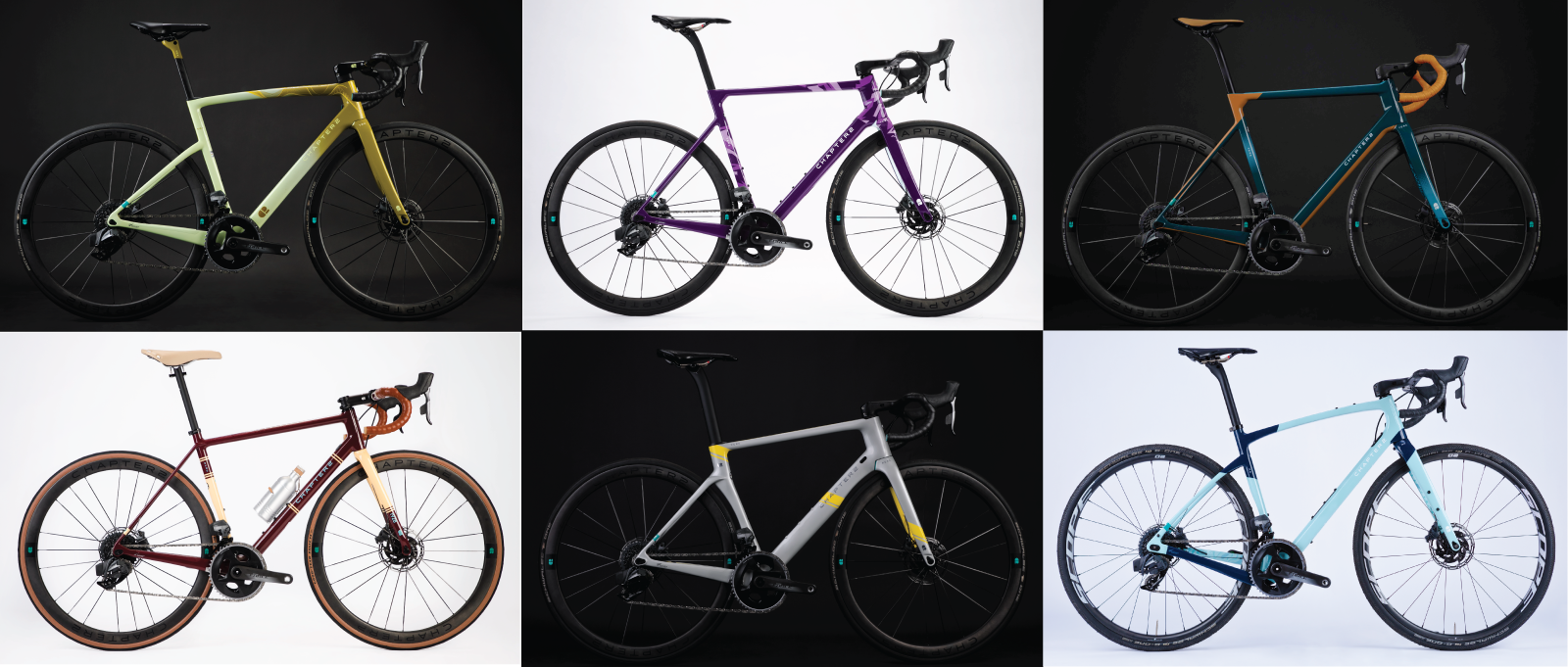
CN: Leveraging your architecture background must have been of benefit, with product design?
MP: I was an architect for Foster & Partners. Coming out of university, the first job that I had was actually as one of the team members on the Hong Kong Airport project. After three years on-site, I got to see everything.
In architecture you try and make incredibly complex things look simple. The Hong Kong airport roof is an example. You learn to respect the discipline of design and value of process, working on a project of that significance.
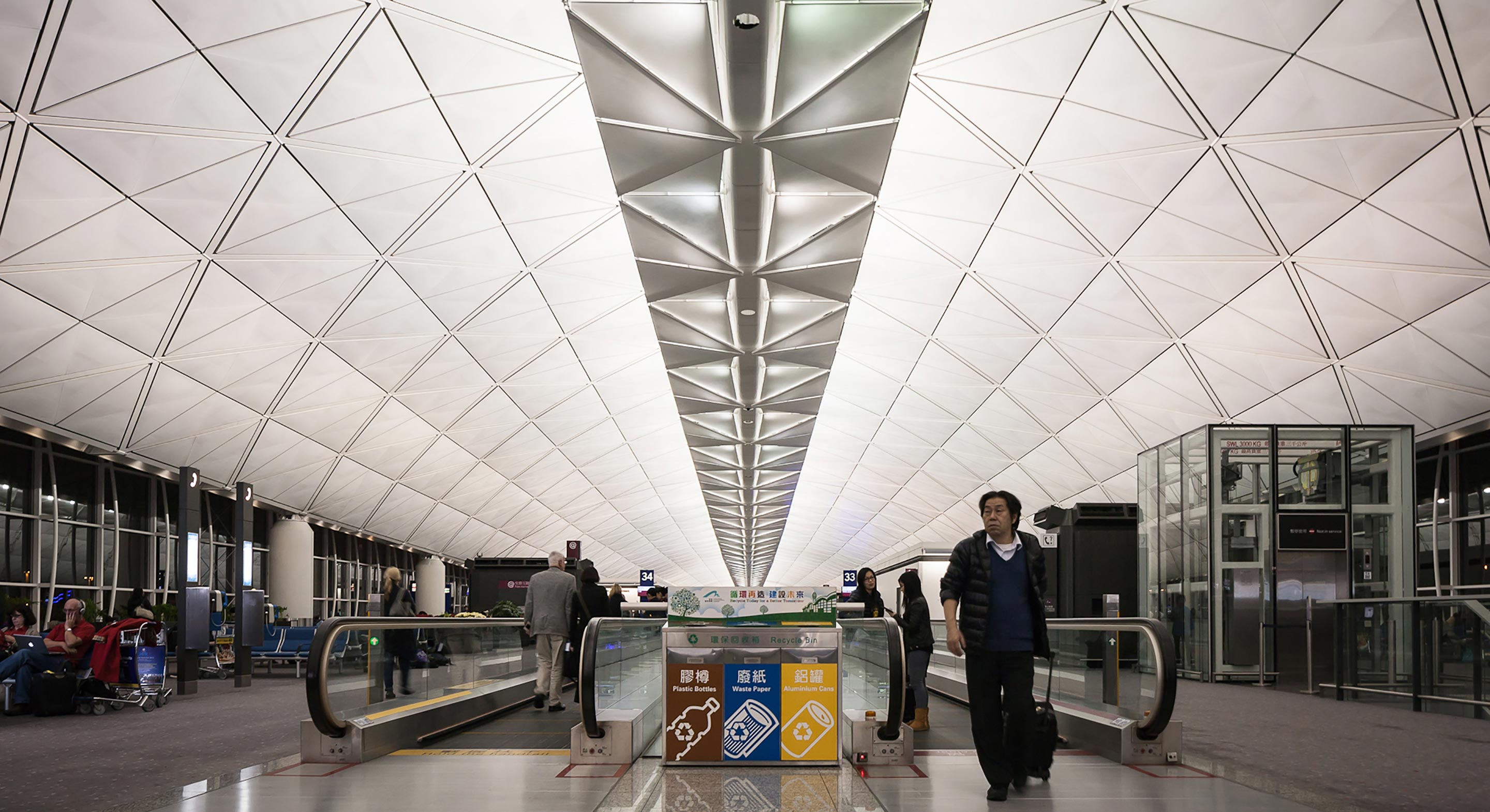
CN: Mike loves bikes, Neil is a proven outdoor sports businessperson. How did you guys conceptualise Chapter 2?
NP: The margins are so slim and you can commit so much capital into complete bikes that sit in a warehouse with components you have already paid for. This reinforced the idea of being boutique and creating a frame only business model. Company size is not relevant to the pleasure you bring to people who ride our frames.
MP: Big brands have to invest a lot of money into complete bikes. And those are funds that could be invested in marketing and product development. I love searching the internet for nice components and curating that dream build. If that makes sense to me, as an obsessive rider, there surely had to be a significant enough frame-only market worth capturing.
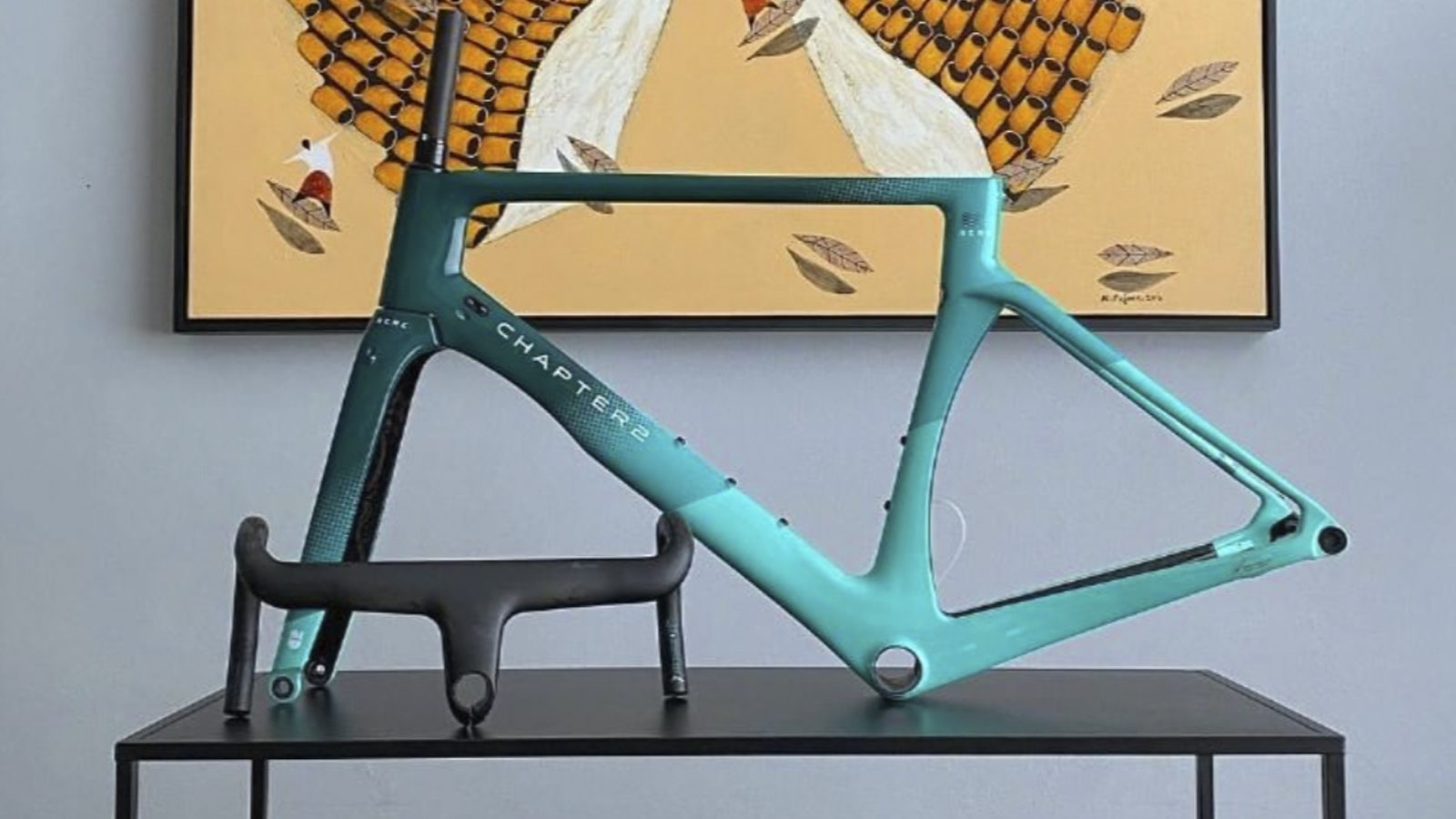
CN: Because there is no additional implied marketing layer due to the presence of OEM components, can a frame-only brand can be closer to its customers, in its marketing or online presence?
MP: It's always been about choosing the frame, choosing the wheels and other components. You know, it's part of a journey, but not necessarily for everybody. We recognise that and we're not trying to be everything to everybody.
Some customers will literally send me a spreadsheet where they've worked out every single component being considered for a build: all the weights in there and they're asking us for an opinion. It’s rewarding having that calibre of communication with customers.
I know a lot about all the different components available in the market. I'm giving people advice. This is all part of the journey that people go through when they buy a Chapter2. It is not just about buying the frame and going out and doing something with it.
CN: The Chapter2 customer is a deep value rider?
NP: Quite. With the maturity of composite construction methods and UCI constraints, there are certainly some innovation hurdles. But at the same time, we use this as a positive to work harder to develop a unique silhouette that clearly defines the brand's DNA and sets us apart. The variety of components that customers can choose then becomes an integral part of the process of building a Chapter2.
We provide a foundation for customers to create their own experience.
CN: What is the design journey for a Chapter2 frame?
MP: As an architect, I did 3D Design and walkthroughs, but that didn't really translate to my early roles at NeilPryde. When I started working on bikes, it was a very tactile 2D process on a traditional drawing board.
With geometry and industry standards, you have a few anchor points. The design process starts with a crazy concept sketch, and then I keep drawing and refining. That becomes a simpler silhouette after a few drawings, which I reverse engineer into profiles and sections as a 3D object.
Although I do many design sketches in 2D, my imagination is conceptualising a bike in 3D.
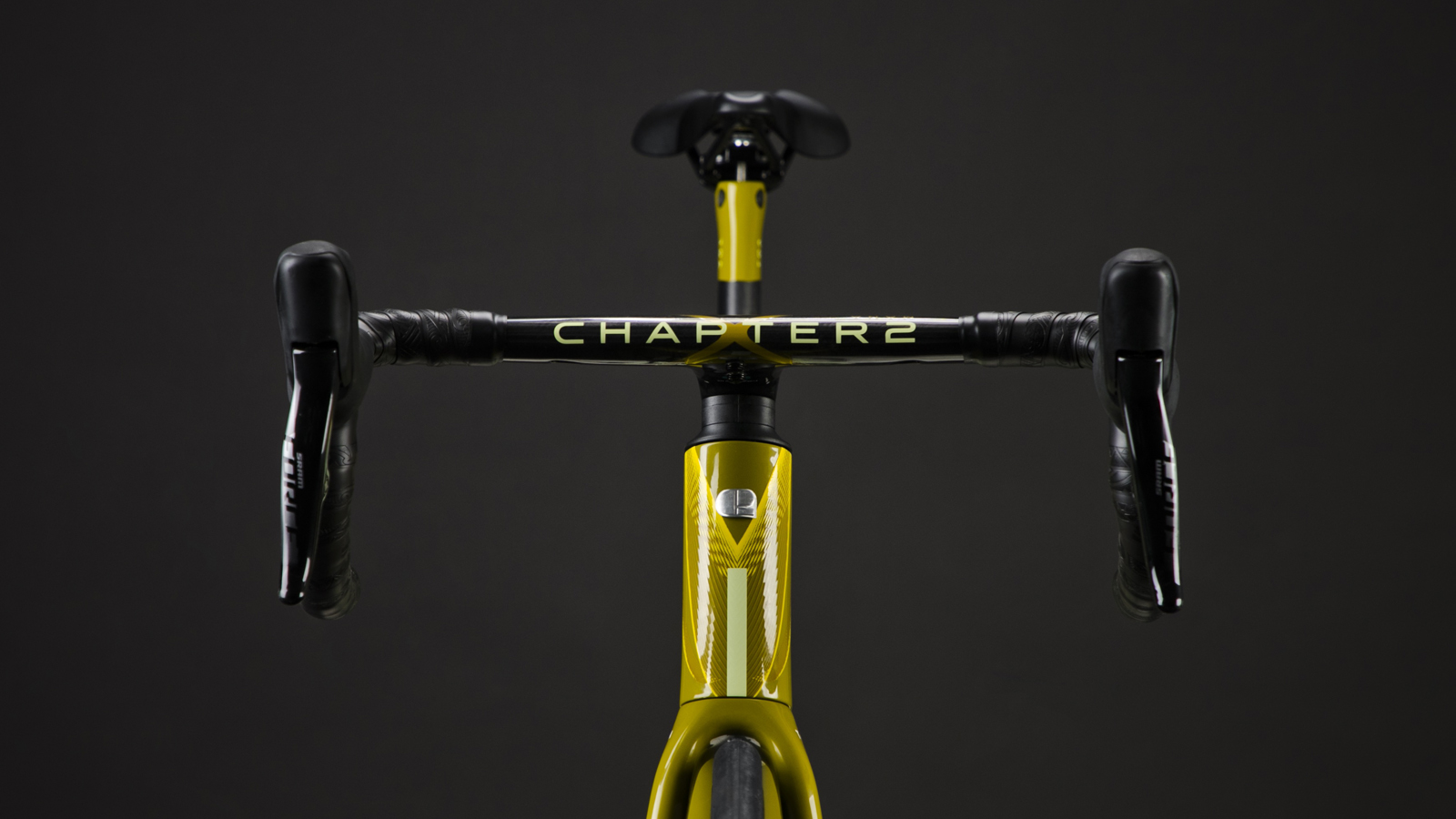
CN: Being a low volume brand, can it be tough negotiating with fabricators in Asia? And then there is the complexity of trying to do responsible carbon-fibre. How do you manage that?
MP: If you compare the bicycle business in terms of its investment in moulds, it's nothing compared to snowboarding. I think the complexity is primarily constrained by the parts that you're going to put on it. That's close to 50 per cent of the design and production constraints – wheels, groupsets and axle sizes etc.
NP: To be honest, there is not much you can do right now about carbon-fibre manufacturing, the clean recycling technologies are still very experimental. We bring something about the sustainability of ownership – you are buying a new frame, but it gives continuation to your components.
You see a lot of upcycling in the fashion world now with clothing, even outdoor brands. We like to think of ourselves as an upcycling opportunity for carbon-fibre frame ownership.
We are empowering riders to live with great wheels and components for many seasons, by fitting them to a new frame. Instead of buying the latest complete bike.
CN: Styling is a crucial differentiator in the industry, with frames being so similar in structure. Chapter2 projects Maori culture in its naming convention and graphic design. How do you execute that with authenticity?
MP: I was raised in Hong Kong. I didn't live here in New Zealand until 2016 when we decided to move the family here. Part of the reason for moving to New Zealand was the strong sporting and outdoor pursuit culture.
If you compare New Zealand with many other countries with a strong indigenous culture, there's a lot more integration here than you get in many different countries. The tattoos, greetings and names. It is part of the daily experience in New Zealand.
I spent a lot of time chatting to Maori friends to find the correct naming associations for elements, which our bikes are themed on. We engaged with local graphic artists who have a treasure of experience in Maori design themes.
The Maori reference in naming convention and design inspiration is a source of authenticity for us – and reflect our boutique brand values, with proud New Zealand sourcing.
Head to www.chapter2bikes.com today to order your new dream bike.
The latest race content, interviews, features, reviews and expert buying guides, direct to your inbox!
Lance Branquinho is a Namibian born media professional, with 15-years of experience in technology and engineering journalism covering anything with wheels. Being from Namibia, he knows a good gravel road when he sees one, and he has raced some of Africa’s best-known mountain bike stage races, such as Wines2Wales and Berg&Bush.
